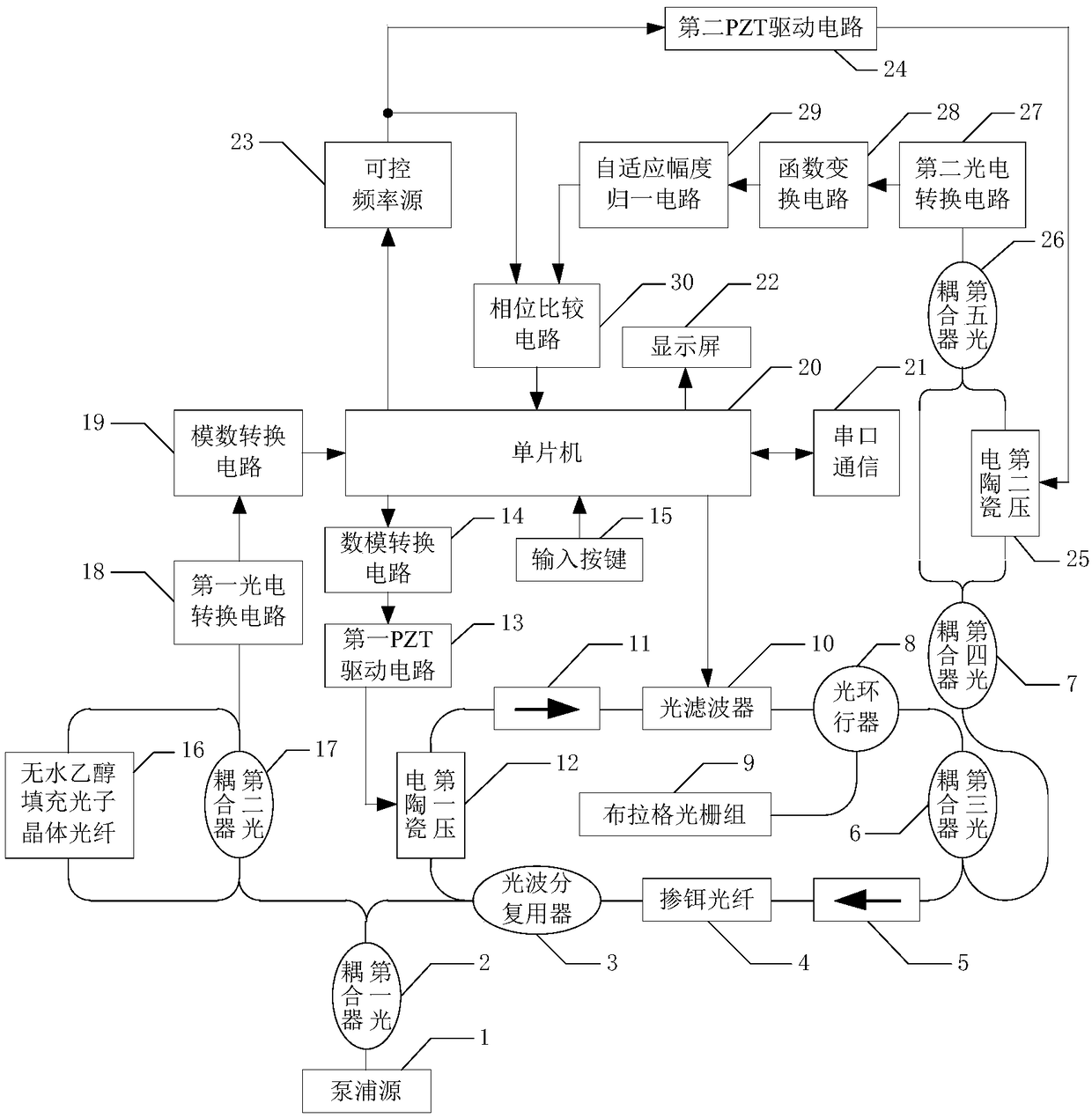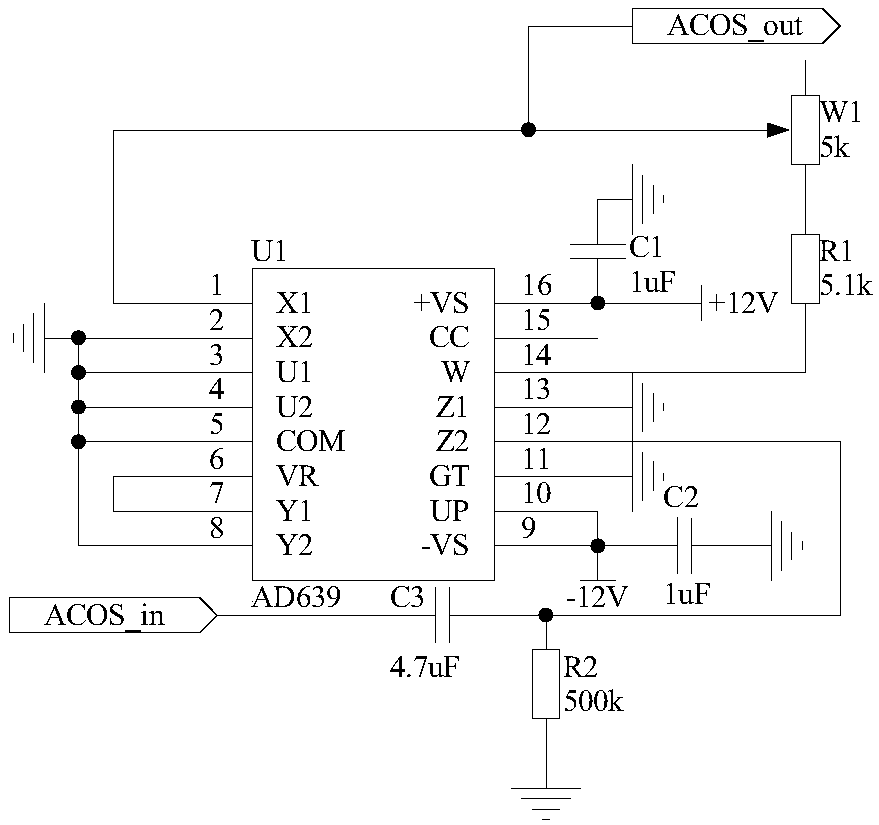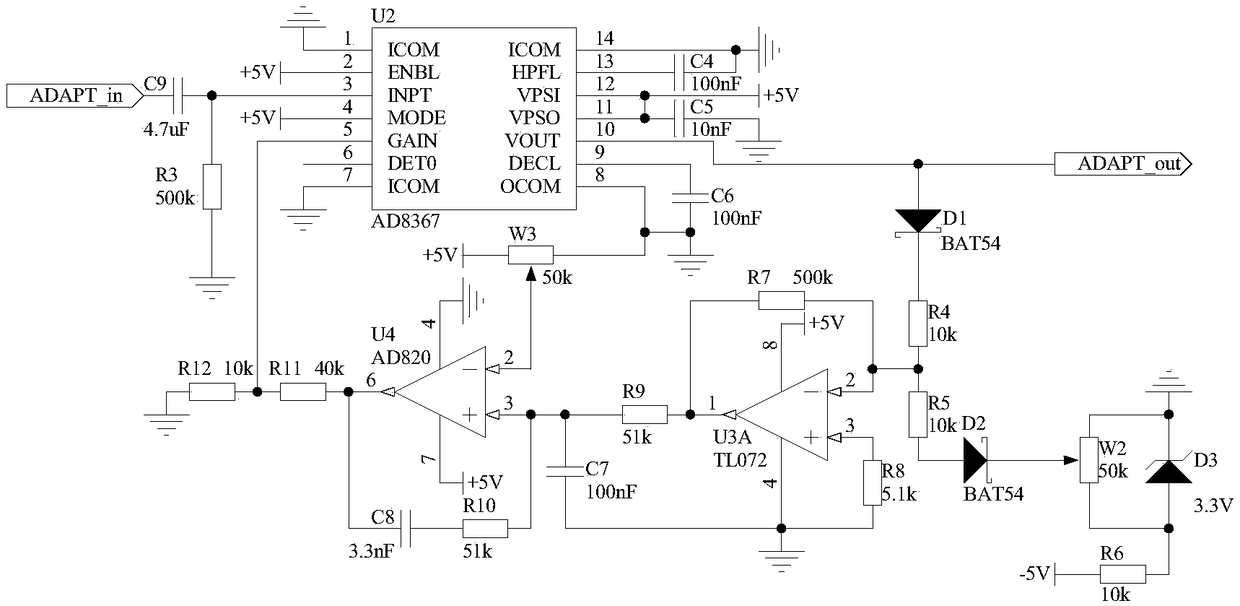High-precision optical fiber sensor based on Mach-Zehnder interference structure
An optical fiber sensor and interference structure technology, applied in the direction of using optical devices to transmit sensing components, etc., can solve the problems of variable frequency, difficult to filter clean, and the influence of signal phase-frequency characteristics, so as to achieve small phase detection error and application Wide range of occasions, reliable performance
- Summary
- Abstract
- Description
- Claims
- Application Information
AI Technical Summary
Problems solved by technology
Method used
Image
Examples
Embodiment 1
[0026] Embodiment 1 Overall structure of the present invention
[0027] Such as figure 1 Shown, the overall structure of the present invention has, pumping source 1 (the LC962U type pumping source of OCLARO company, central wavelength 980nm, the maximum single-mode output optical power is 750mW) and the first optical coupler 2 (OZ-OPTICS company produces , the model is FUSED-12-1064-7 / 125-90 / 10-3U-3mm, the splitting ratio is 90:10) the input end is connected, the 90% output end of the first optical coupler 2 is connected with the optical wavelength division multiplexer 3 (COMCORE company 980 / 1060nm single-mode optical fiber wavelength division multiplexer) is connected to the 980nm end, and the 1550nm end of the optical wavelength division multiplexer 3 is wound on the first piezoelectric ceramic 12 (cylindrical piezoelectric ceramic, outer diameter 50mm, One end of the optical fiber on the inner diameter 40mm, high 50mm) is connected, and the other end of the optical fiber w...
Embodiment 2
[0029] Embodiment 2 function conversion circuit
[0030] The structure of the function conversion circuit 28 is as follows: one end of the capacitor C3 is connected to the pin 12 of the trigonometric function converter U1 and one end of the resistor R2, and the other end of the capacitor C3 is used as the input terminal of the function conversion circuit 28, which is recorded as the port ACOS_in , is connected with the output end of the second photoelectric conversion circuit 27; the other end of the resistor R2 is grounded; the pins 2, 3, 4, 5, 8, 11, 13 of the trigonometric function converter U1 are grounded, and the pins 9, 10 are connected to the capacitor One end of C2 is connected to -12V power supply, the other end of capacitor C2 is grounded; pin 6 of trigonometric function converter U1 is connected to pin 7, pin 16 is connected to +12V power supply and one end of capacitor C1, and the other end of capacitor C1 Grounding; pin 1 of the trigonometric function converter U...
Embodiment 3
[0031] Embodiment 3 Adaptive Amplitude Normalization Circuit
[0032] Because the amplitude of the signal output by the function conversion circuit 28 is small, and is affected by multiple parameters in the optical path and the circuit, the size is indefinite, so the present invention designs an adaptive amplitude normalization circuit 29, which is used to convert the signal output by the function conversion circuit 28 The amplitude is normalized to the optimal size to further improve the accuracy of demodulation. The structure of the adaptive amplitude normalization circuit 29 is that one end of the capacitor C9 is connected to one end of the resistor R3 and the pin 3 of the chip U2, the other end of the resistor R3 is grounded, and the other end of the capacitor C9 is used as an adaptive amplitude normalization The input end of the circuit 29 is recorded as the port ADAPT_in, and is connected with the port ACOS_out of the function conversion circuit 28; the pin 1, the pin 7,...
PUM
 Login to View More
Login to View More Abstract
Description
Claims
Application Information
 Login to View More
Login to View More - R&D
- Intellectual Property
- Life Sciences
- Materials
- Tech Scout
- Unparalleled Data Quality
- Higher Quality Content
- 60% Fewer Hallucinations
Browse by: Latest US Patents, China's latest patents, Technical Efficacy Thesaurus, Application Domain, Technology Topic, Popular Technical Reports.
© 2025 PatSnap. All rights reserved.Legal|Privacy policy|Modern Slavery Act Transparency Statement|Sitemap|About US| Contact US: help@patsnap.com



